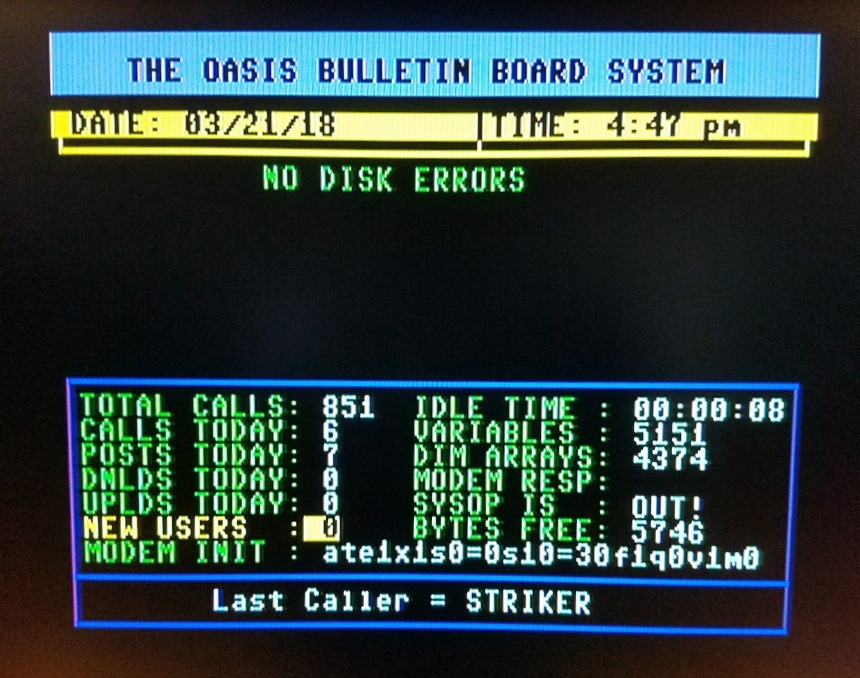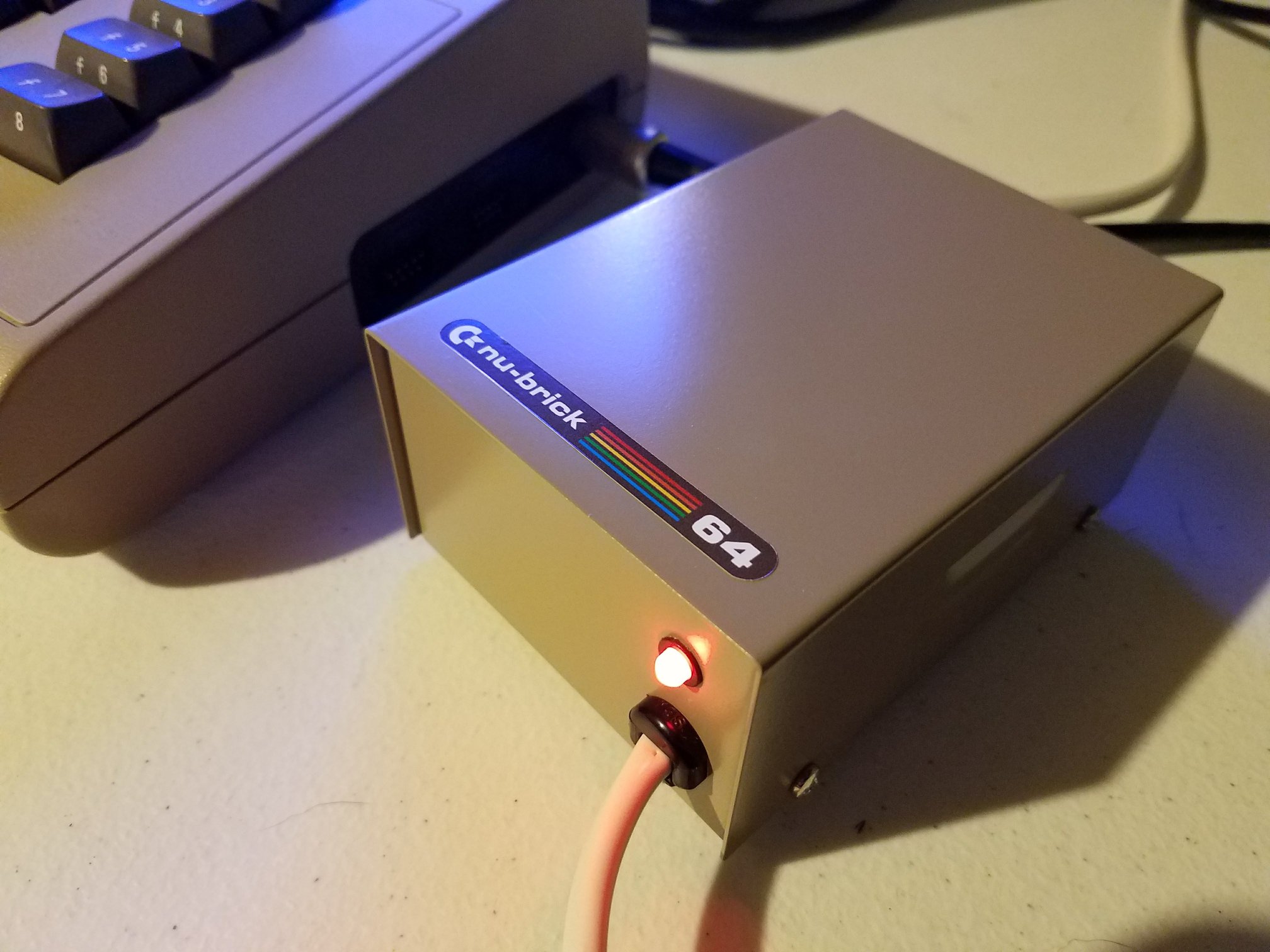In the latest Chicken 64 video, the channel dives into a hands-on guide to fixing C64 keyboard issues. Specifically, it addresses a common problem with aging C64C units: unresponsive or sticky keys. Despite the computer working fine after a general cleaning, nearly 80% of the keys required excessive force to register—clearly a case for some keyboard TLC. The focus here is entirely on fixing C64 keyboard performance without replacing the whole assembly.
Below are five takeaways from this impressively detailed repair session:
1. Keyboard Cleaning Isn’t Always Enough
Even after a thorough cleaning, many of the keys remained stiff or dead. Chicken 64 points out that aggressive scrubbing of the graphite pads can backfire by damaging conductivity. A light touch is essential here.
2. Resistance Testing Reveals the Problem
Using both digital and analog multimeters, he compares a bad keyboard to a good one. The faulty unit shows high resistance, while the working one drops to about 150 ohms. This clearly pinpoints degraded conductivity in the rubber domes.
3. Rubber Domes Are the Culprit
The video explains that key presses work by compressing rubber domes onto graphite pads. When the rubber loses conductivity, keys become unreliable. In this case, the rubber was simply too old.
4. Sanding Rubber Domes Works Wonders
The unconventional fix? Sanding. By gently sanding the underside of the rubber contacts, he restores just enough surface area and conductivity to make them functional again. After testing a few keys—success!
5. Tedious But Worth It
With more than 60 keys to treat, the process is repetitive but rewarding. After reassembly, most keys respond beautifully, with just a few needing further refinement.
Fixing C64 keyboard problems like this is part art, part science, and 100% satisfying for retro hardware fans. As Chicken 64 shows, sometimes you don’t need replacement parts—just a bit of patience and the right tools.







